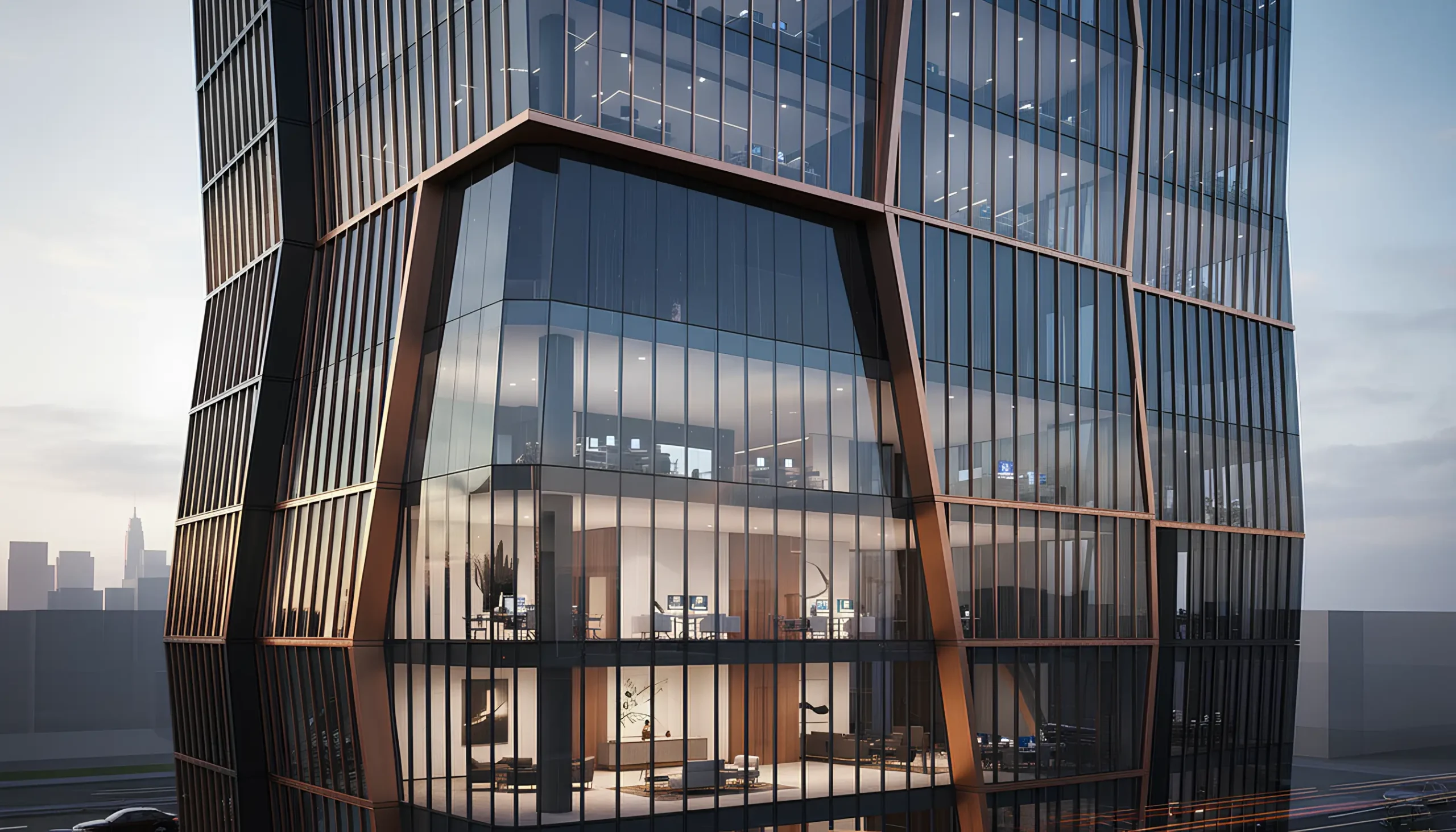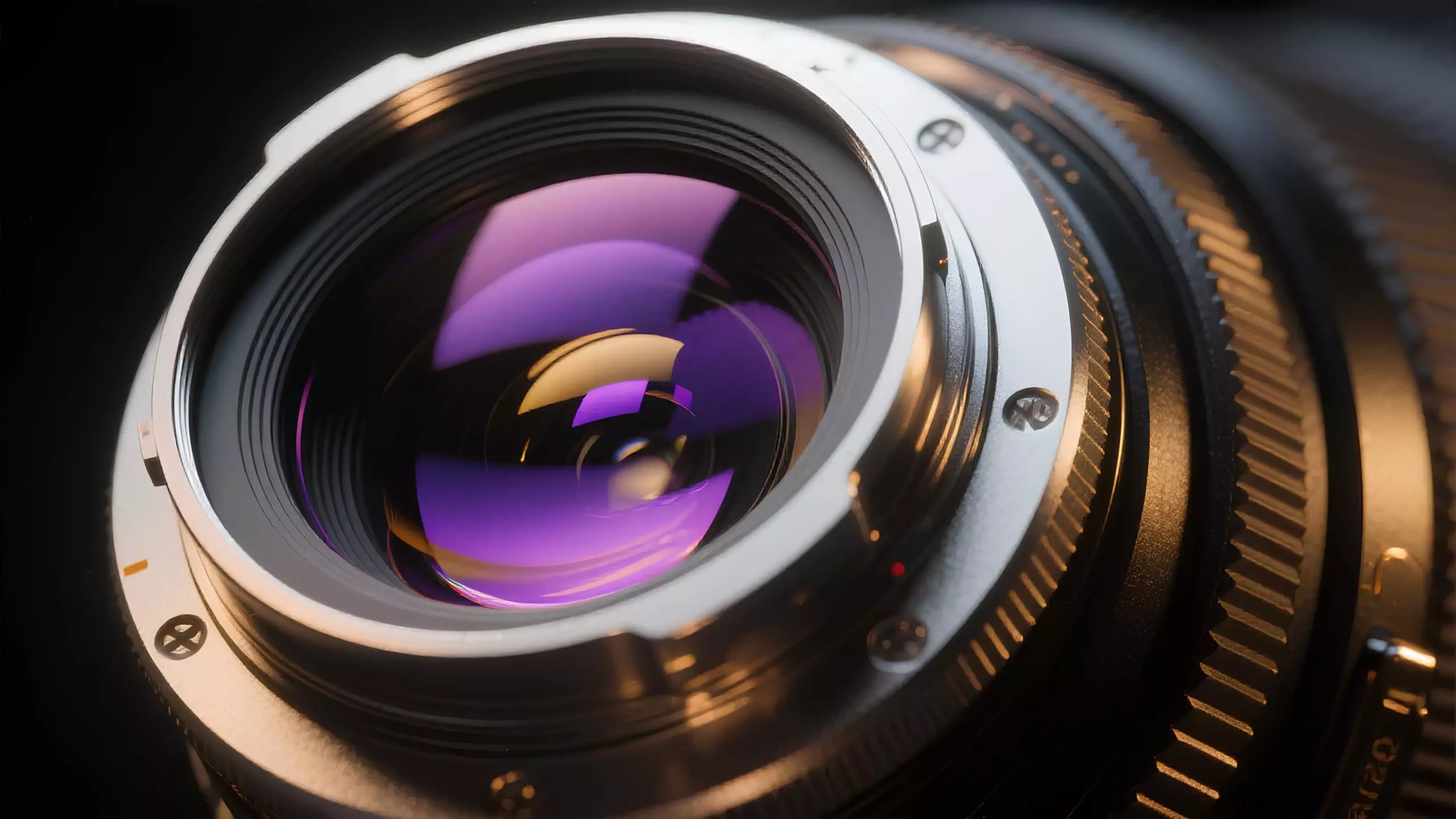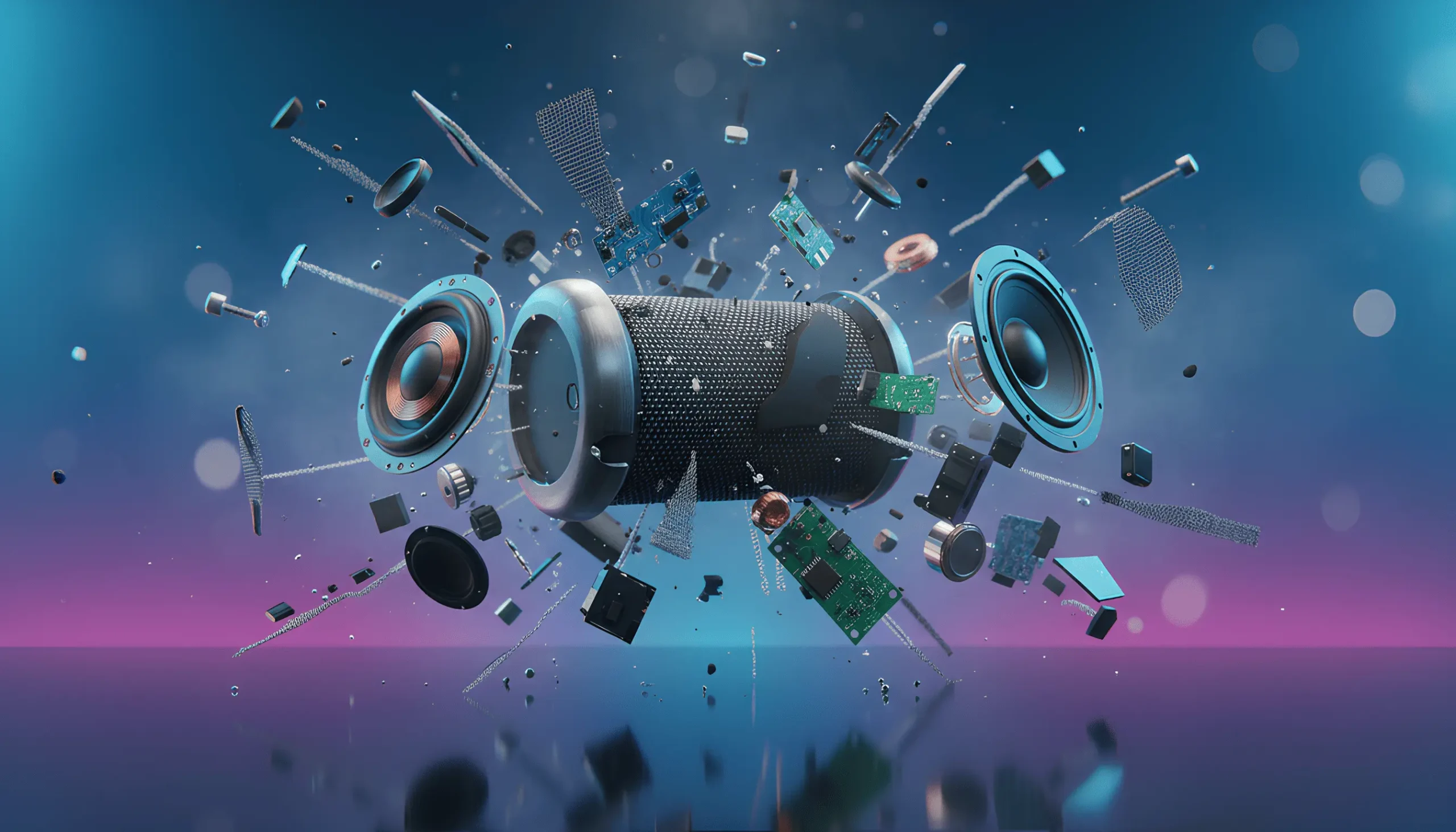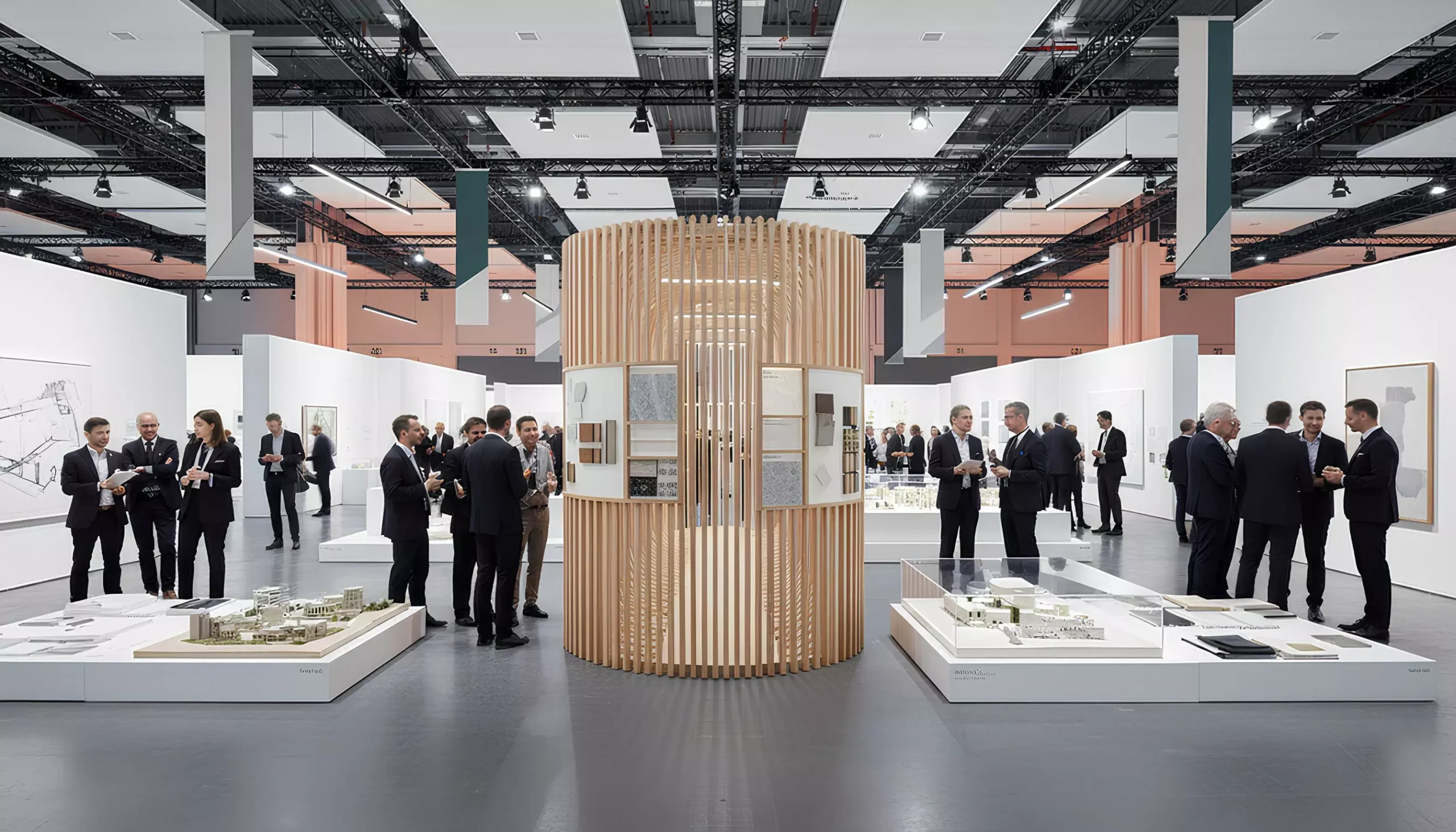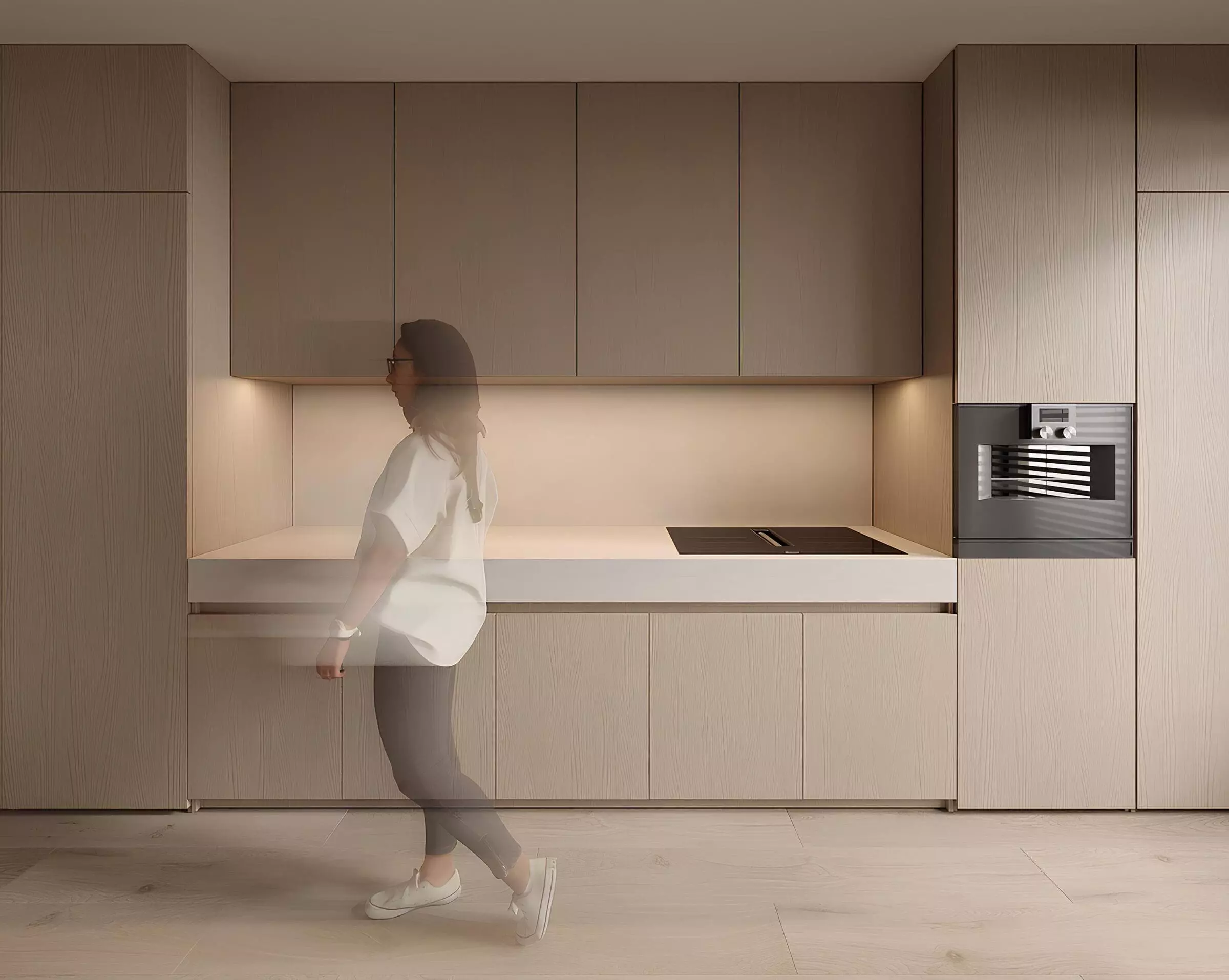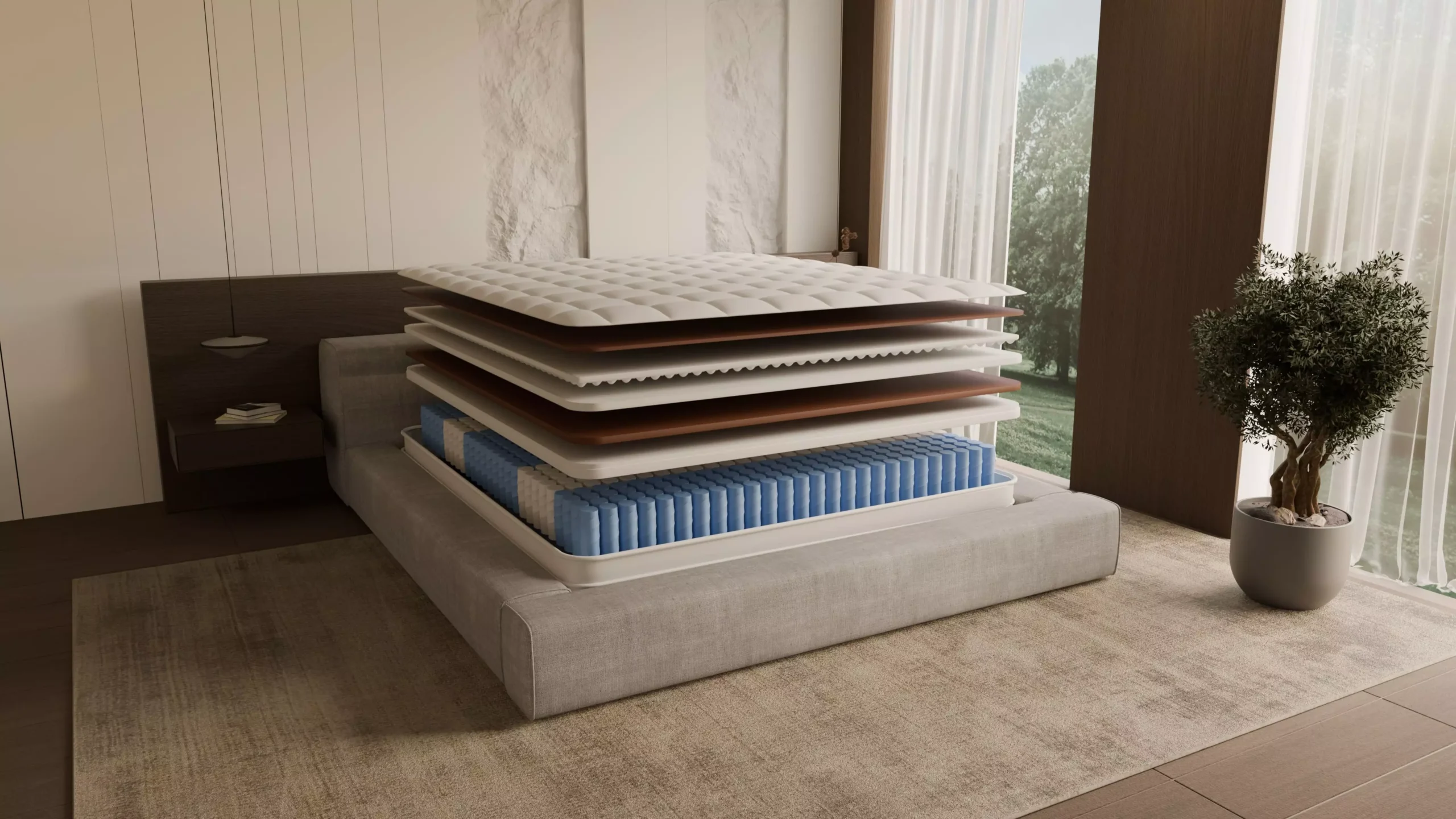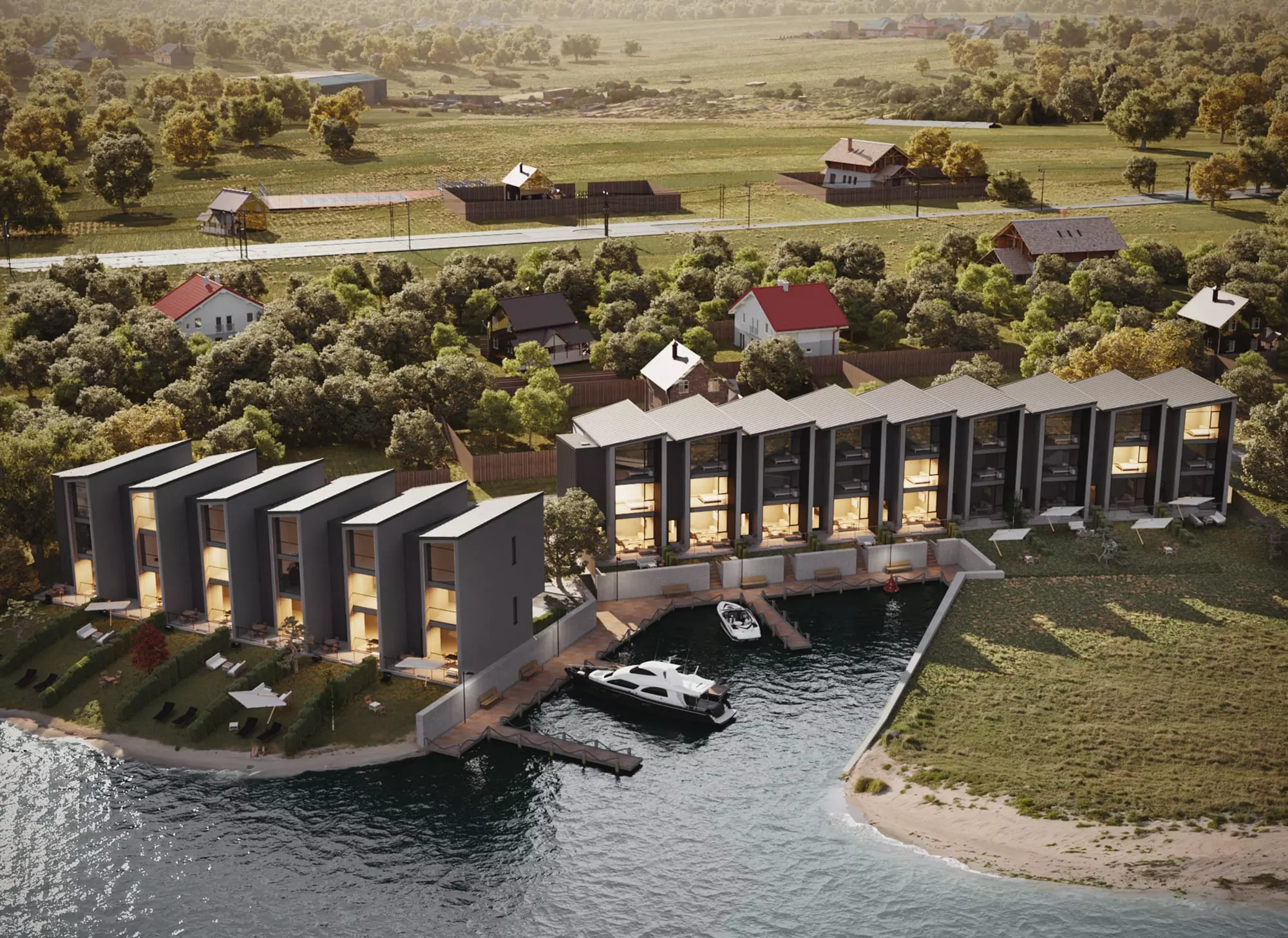Architectural photography visually represents a building’s structure, size, and intricate features. In today’s world, it’s widely adopted by developers and individuals alike to showcase objects and their surrounding environments. This approach aids potential clients in assessing a building’s proportions, design elements, finishes, and setting. As the main aim is to present properties in an appealing light, it’s essential to entrust this task to a professional using the best cameras for architecture.
Detailed photos or videos significantly enhance interest in a building or its components. Furthermore, these resulting files serve multiple purposes, such as investor presentations, documenting construction progress, and crafting promotional brochures.
Let’s explore how employing an architectural lens can transform your architectural visuals from good to truly mesmerizing!
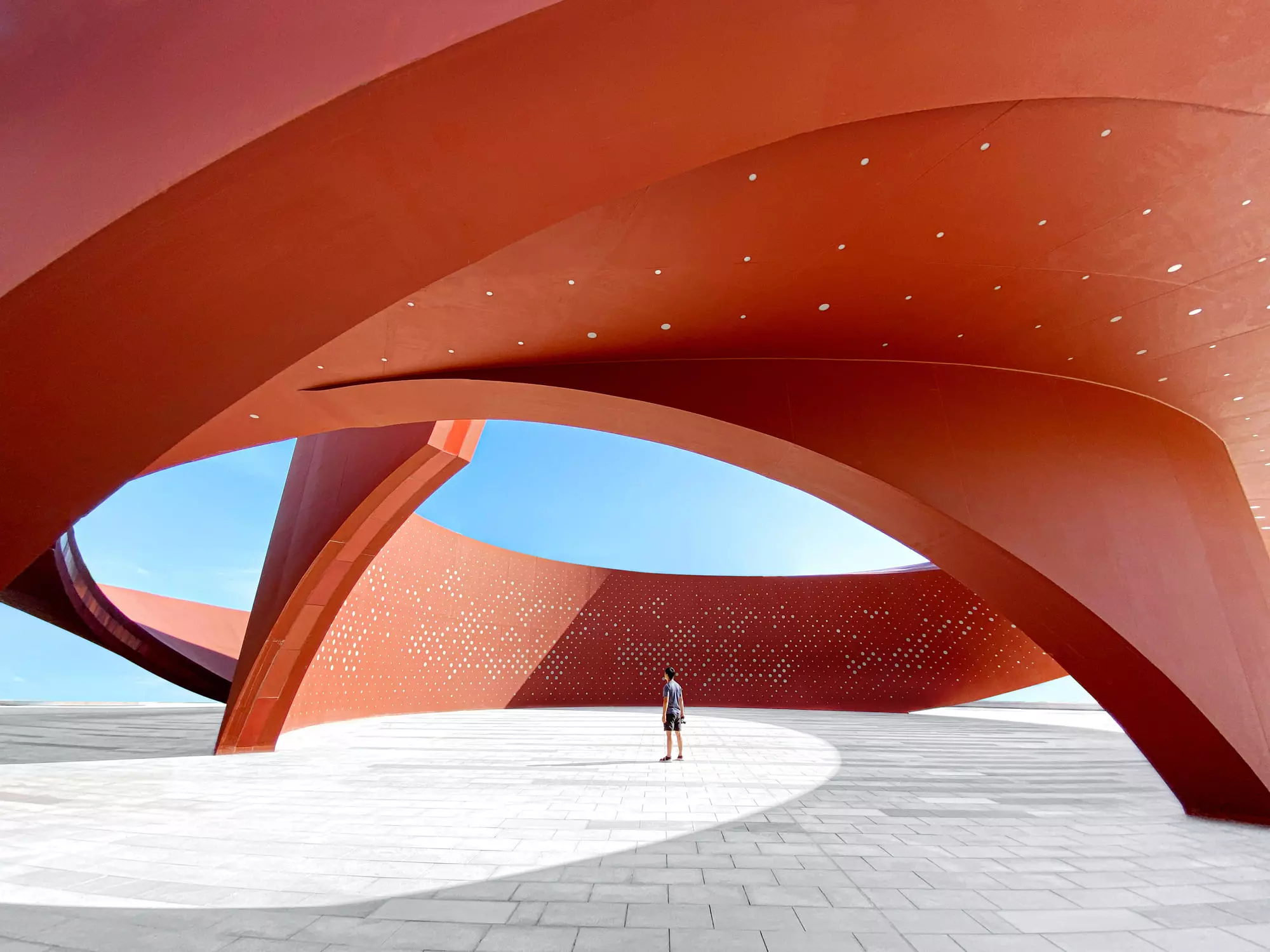
Top Picks for Architectural Photography Lenses
The lens is like a craftsman’s tool; it’s essential to capture the true essence of buildings. The right tool can reveal structures’ textures and shapes in ways you might not expect. The importance of selecting the right lens lies in several key aspects:
- Perspective Handling: Some lenses are adept at photographing tall buildings without causing the ‘leaning’ effect, ensuring images remain true to the structure’s majesty.
- Clarity and Detail: Capturing the crisp lines and intricate details is essential in architectural photography. An ideal lens will showcase every element with remarkable clarity, from individual bricks to clear windowpanes.
- Ample Opportunities: Depending on the situation, a lens can focus on specific details on a building’s facade or capture expansive urban landscapes.
Remember that the main characteristic that sets lenses apart is their angle of view. This quality frequently determines a lens’s suitability for a given task.
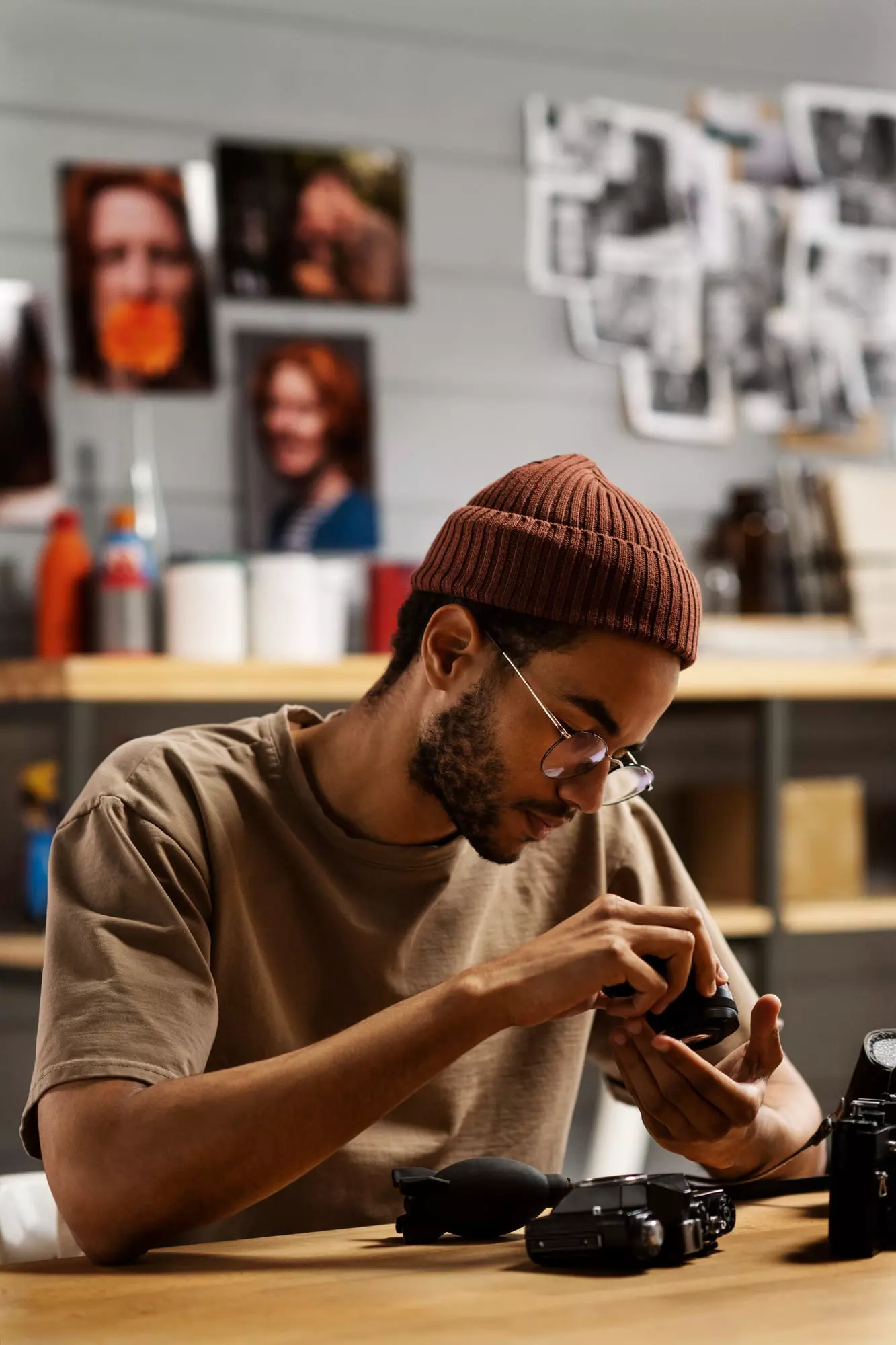
Designed by Freepik | www.freepik.com
Wide-Angle Lenses (14-35mm)
What is “mm” in photography? It represents the lens size measured from its center to the camera’s sensor in millimeters. Wide-angle devices typically have a focal length not surpassing 35 mm, translating to an approximate viewing angle between fifty and eighty degrees. In terms of geometry, these angles may not appear very wide, but spatial coverage enables a much greater range.
These lenses are ideal for capturing entire buildings or expansive indoor areas. Picture yourself facing a towering skyscraper or standing within a grand hall – a wide-angle lens lets you encompass the whole scene within your frame. Yet, be mindful of potential distortion, especially towards the edges, particularly with ultra-wide lenses.
What you’ll like and appreciate the most:
- Tailored for capturing extensive subjects or large areas.
- There is a higher chance of fitting the whole structure within the frame.
- Facilitates manipulation of spatial perception.
- Excellent for photographing vast landscapes.
- Enables including an entire skyscraper in a vertical shot from its base.
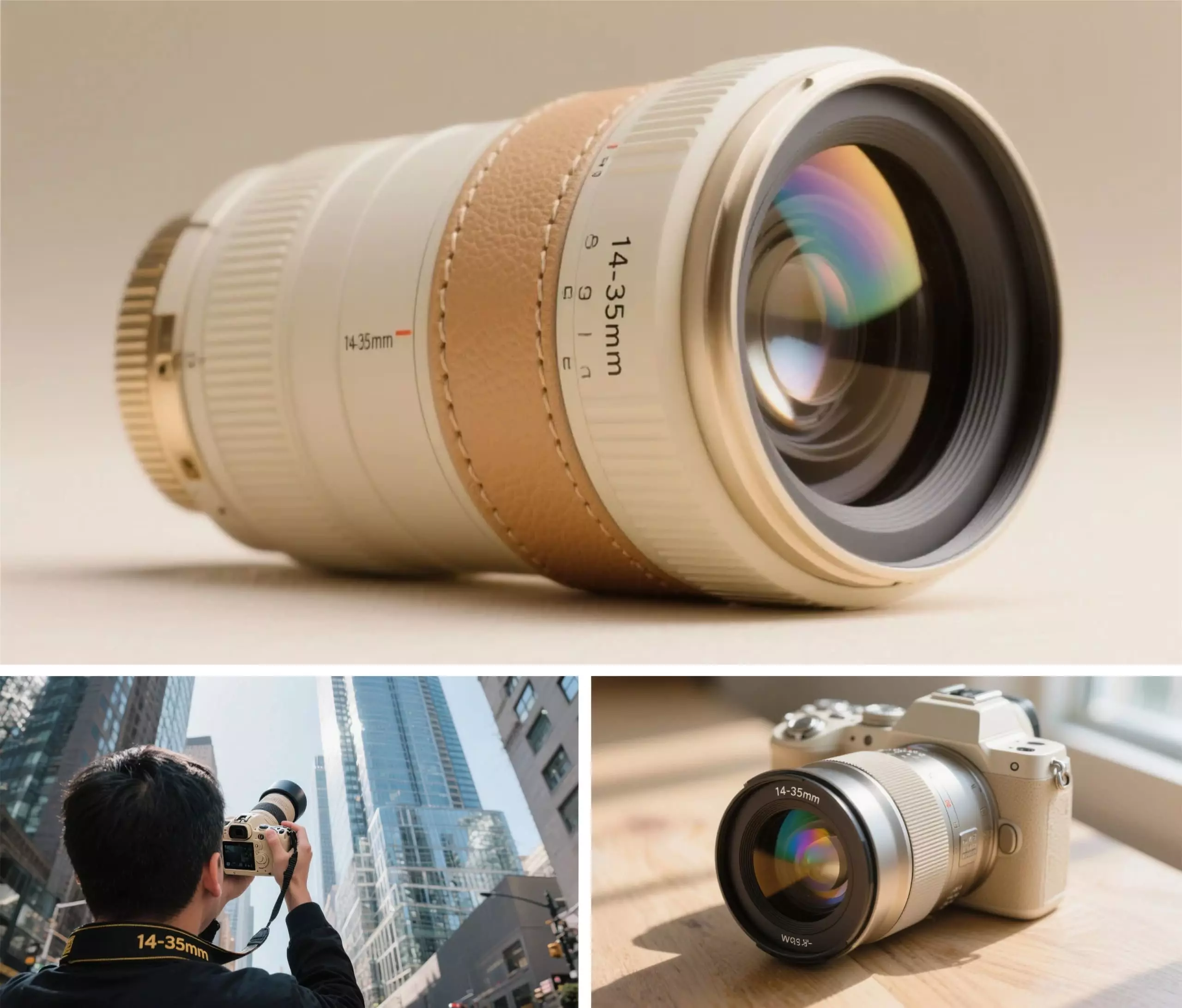
Ultra Wide-Angle Lenses
Extreme wide-angle lenses live up to their name with their wide coverage — about 80 to 180 degrees. These lenses come in handy in scenarios where a broad field of view is necessary, like landscape, interior, and architectural photography.
Owing to their broad field of view, lenses of this type provide a distinctive perspective. Items near the lens are magnified, whereas distant elements appear substantially smaller.
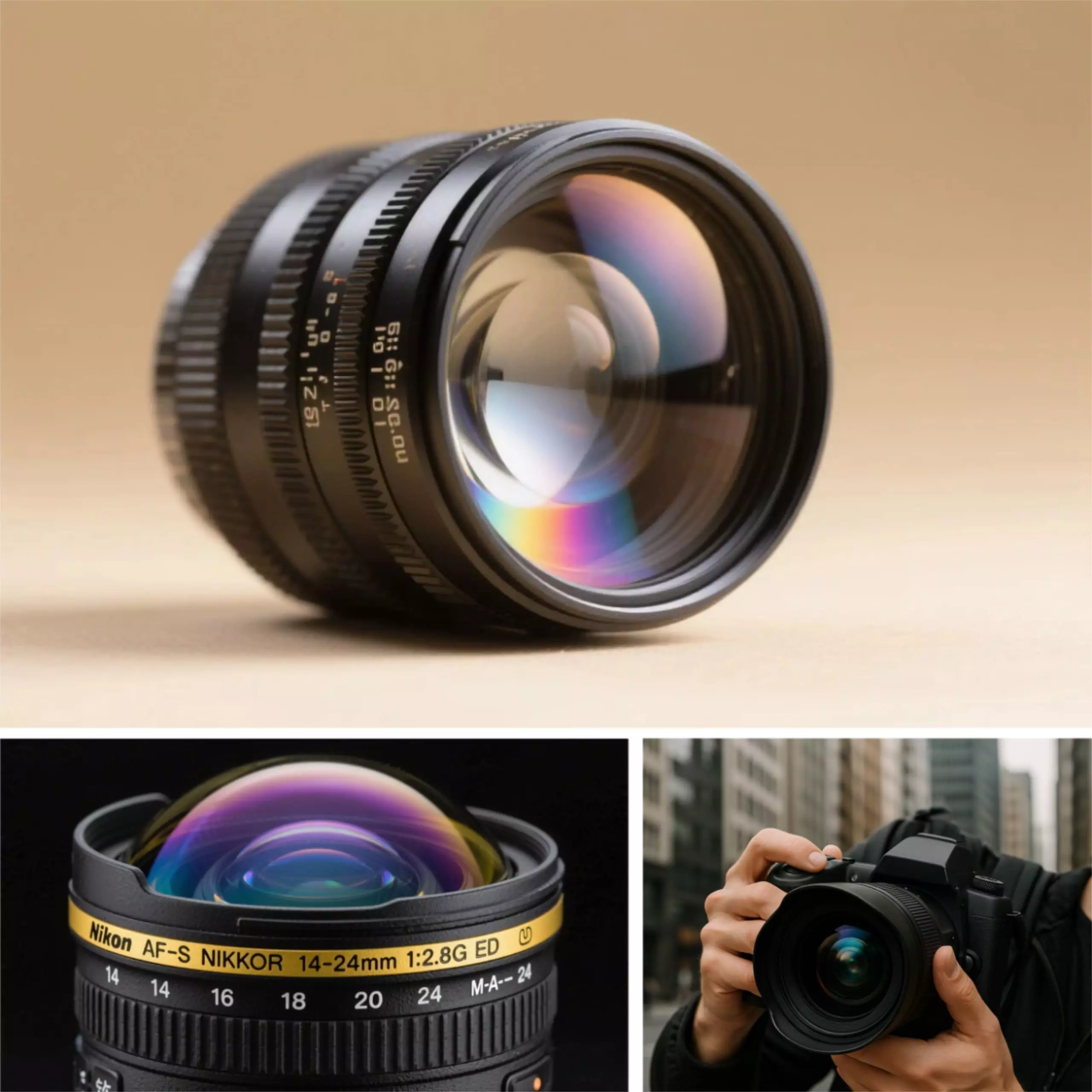
Fisheye Lenses
Fisheye lenses create a unique warping of images akin to the visual effect seen through a spyhole in a door. Compared to other lens types, their design purposefully does not rectify this warping. This particular type of geometric warping is inherent to short-focal-length optics. Although standard lenses typically adjust for this distortion, fisheye lenses often offer an expansive field of view, nearing 180 degrees. Because they intentionally skew the perception of space, fisheye lenses are predominantly employed in artistic photographic endeavors.
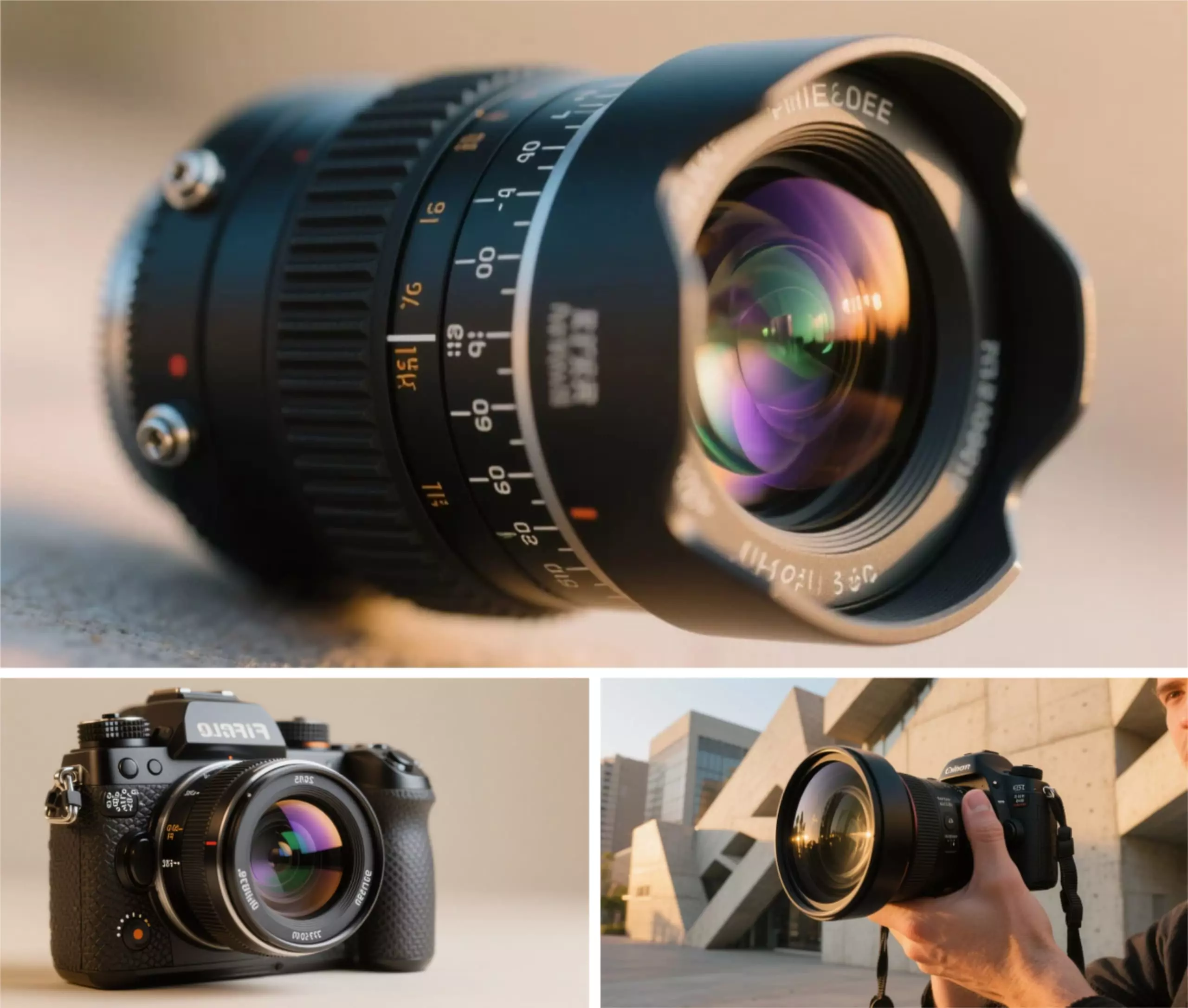
Tilt-Shift Lenses
These remarkable innovations in photography are rightfully known as the best photography lenses specializing in perspective control. This tool aims to equip SLR cameras with features akin to viewfinder or bellows cameras. When shooting tall structures from ground level, a common challenge arises: the building’s top appears more distant the higher it goes. This lens tackles this issue by injecting perspective into your photographs.
To maximize its potential, ensure your camera remains parallel to the ground. Make sure you capture only the top of the building in your shot and do not include too much ground. You can tilt the lens upward and maintain the camera level. By using this method, you can take pictures of the entire building without having to tilt the camera.
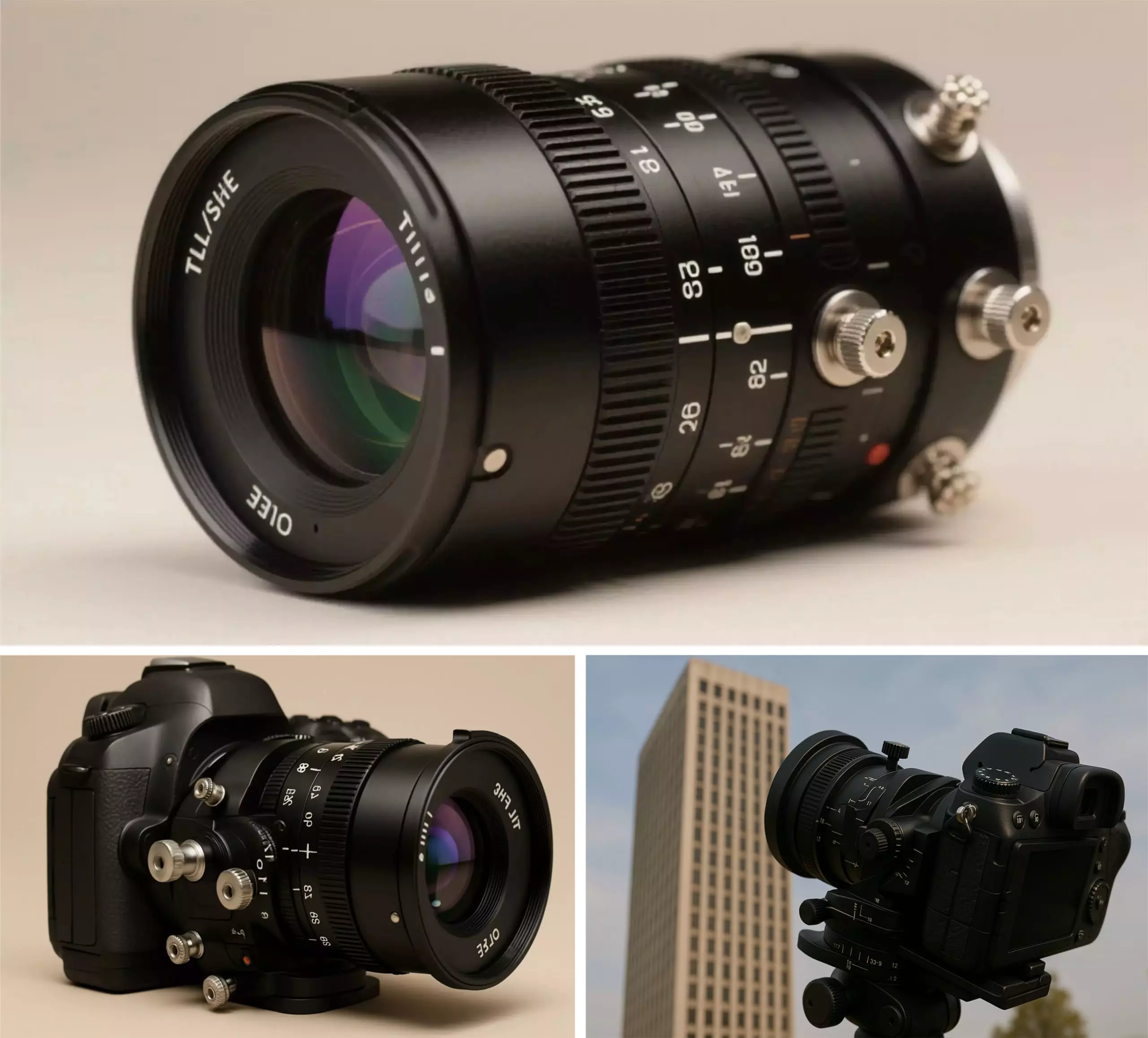
Standard Lenses (35-50mm)
The viewing angle of Standard lenses is about 40–50 degrees. These lenses portray scenes with a perspective akin to the human eye’s. Because of their versatility, they can be used in various photography settings. However, their “normal” attributes might lack the excitement of wide-angle lenses’ expansive views or telephoto lenses’ powerful magnification. Most all-in-one zoom lenses cover these focal lengths.
What you’ll like and appreciate the most:
- Standard lenses impart a realistic look to images.
- Their naturalistic viewpoint suits compositions centered on individuals.
- Ideal for taking interior photos.
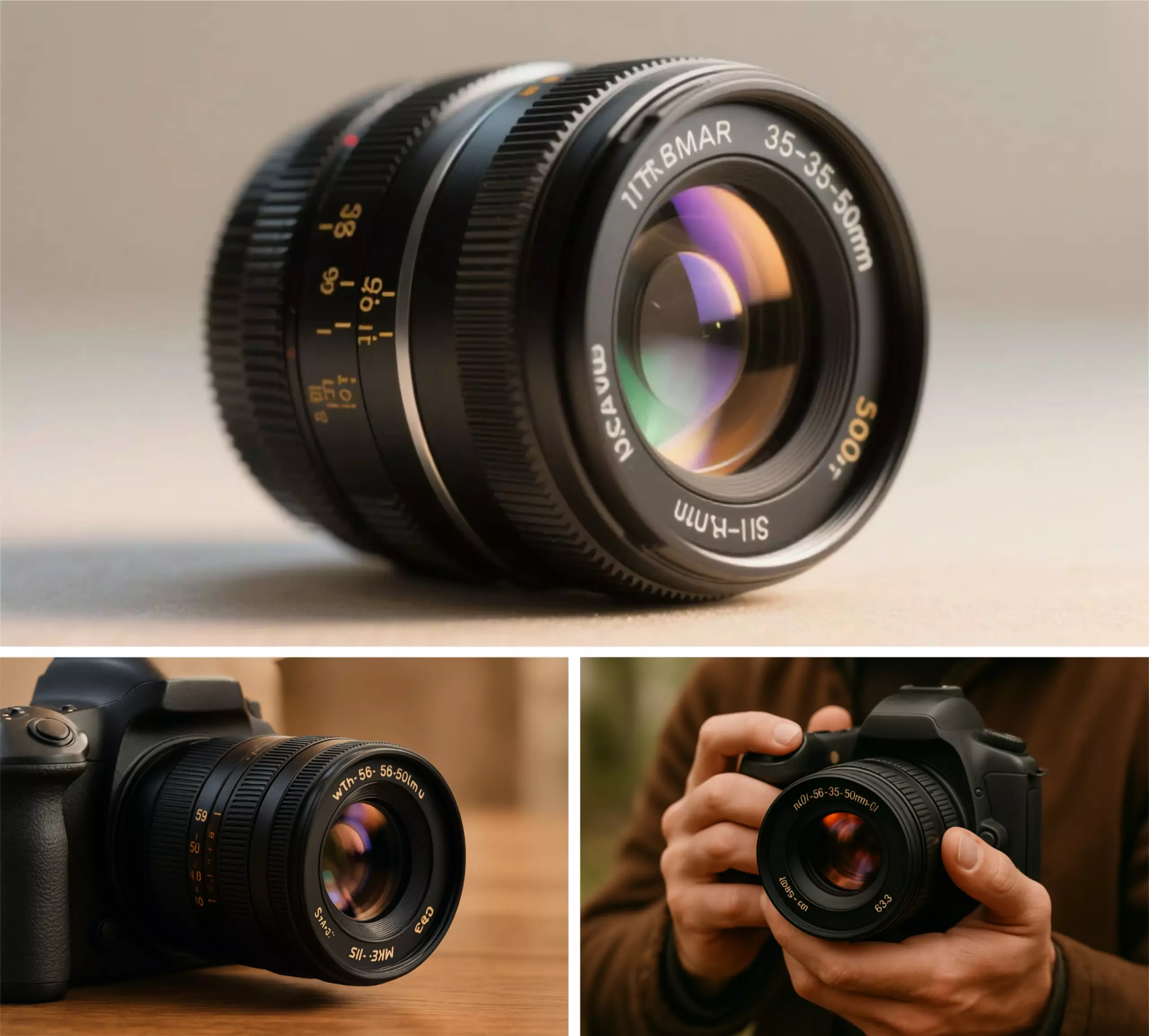
Telephoto Lenses (70-200mm+)
Telephoto refers to lenses that can magnify distant subjects due to their relatively narrow viewing angle, which comes from the Greek word distant. These lenses offer a viewing range from about 35 degrees to an even tighter angle. The telephoto lens is the best lens for camera bodies from major manufacturers such as Canon and Nikon, and some types can be adapted to smartphone cameras.
The length of a tool correlates with its size and price, often making it the go-to option for professionals who require shots from a distance. They excel in isolating particular architectural features, like unique window patterns or the pinnacle of a building, drawing distant objects closer and creating impactful imagery.
What you’ll like and appreciate the most:
- Adaptable with smartphone cameras, offering flexibility.
- It is ideal for photographers restricted from approaching their subjects closely.
- The telephoto range excels in capturing detailed aspects.
- Ideal for taking exterior architectural photos.
Understanding the Distinction Between Telephoto and Zoom Lenses
Numerous novice photographers often need clarification on telephoto and zoom lenses’ terminology. While there is a shared characteristic in that both types of lenses are employed for capturing distant subjects, it is crucial to understand their distinct differences.
- A telephoto lens is known for its proficiency in photographing far-located objects, generally necessitating a focal length exceeding 60mm. Yet, it does not inherently possess the ability to traverse various focal lengths.
- The ability of zoom camera glass to cover a variety of focal lengths gives it greater versatility. However, only some zoom lenses are powerful enough to be classified as telephoto lenses.
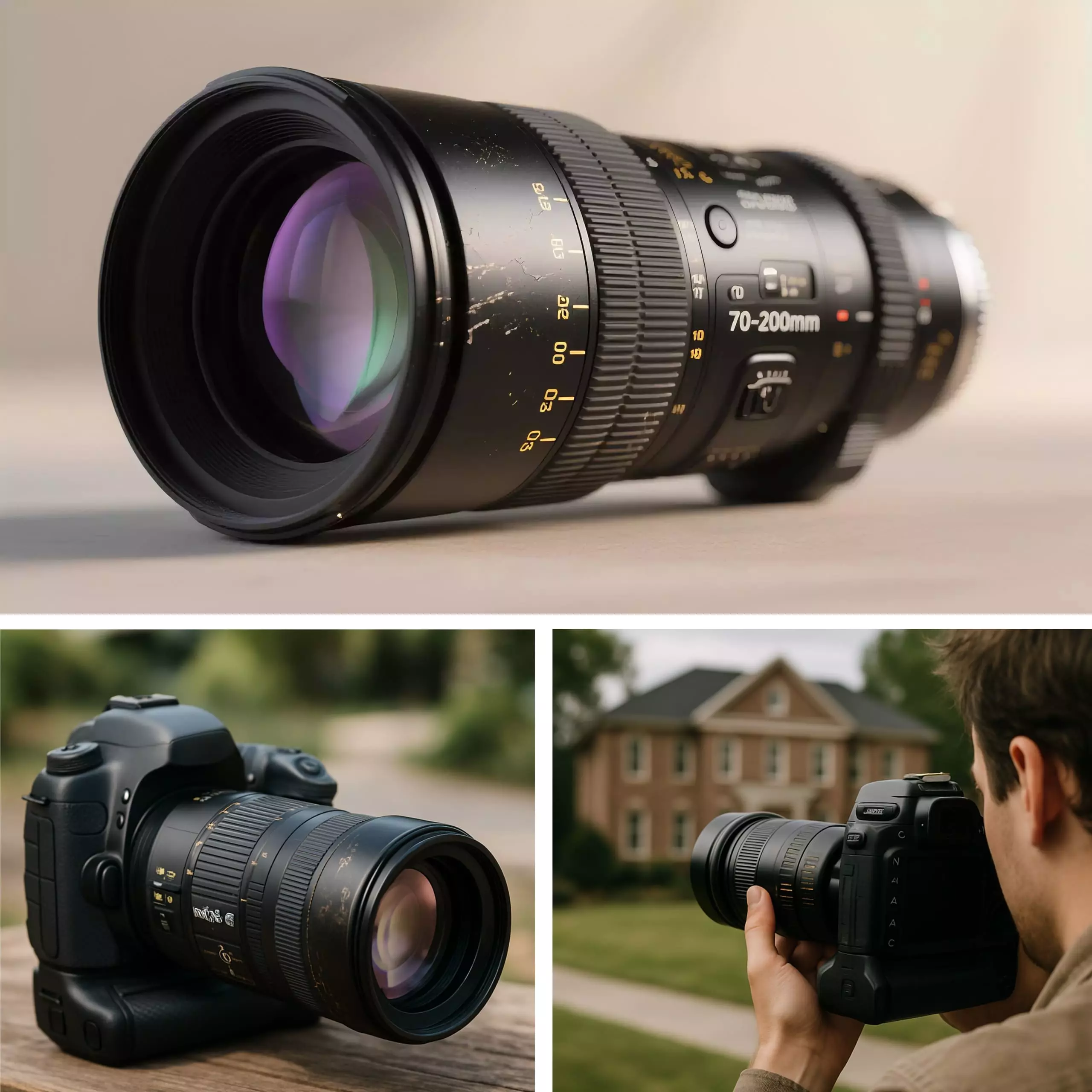
Macro Lenses for Architectural Photography
Macro lenses highlight the extravagant and elaborate details in architecture unlike any other lens. There are specifically tailored lenses for the appreciation of artistry in architecture and these lenses are proficient for:
- Textures include any and all material details like bricks, stone, and carved woods.
- Tiny features such as decorative, carved, and engraved didactics and moldings.
- Windows and doors and all designs and frames from a different optical perspective.
Because of these features, a macro lens enhances every story behind a building’s architecture craftsmanship. Examples include these lenses:
- Canon EF 100mm f/2.8L Macro IS USM.
- Nikon AF-S VR Micro-NIKKOR 105mm f/2.8G IF-ED.
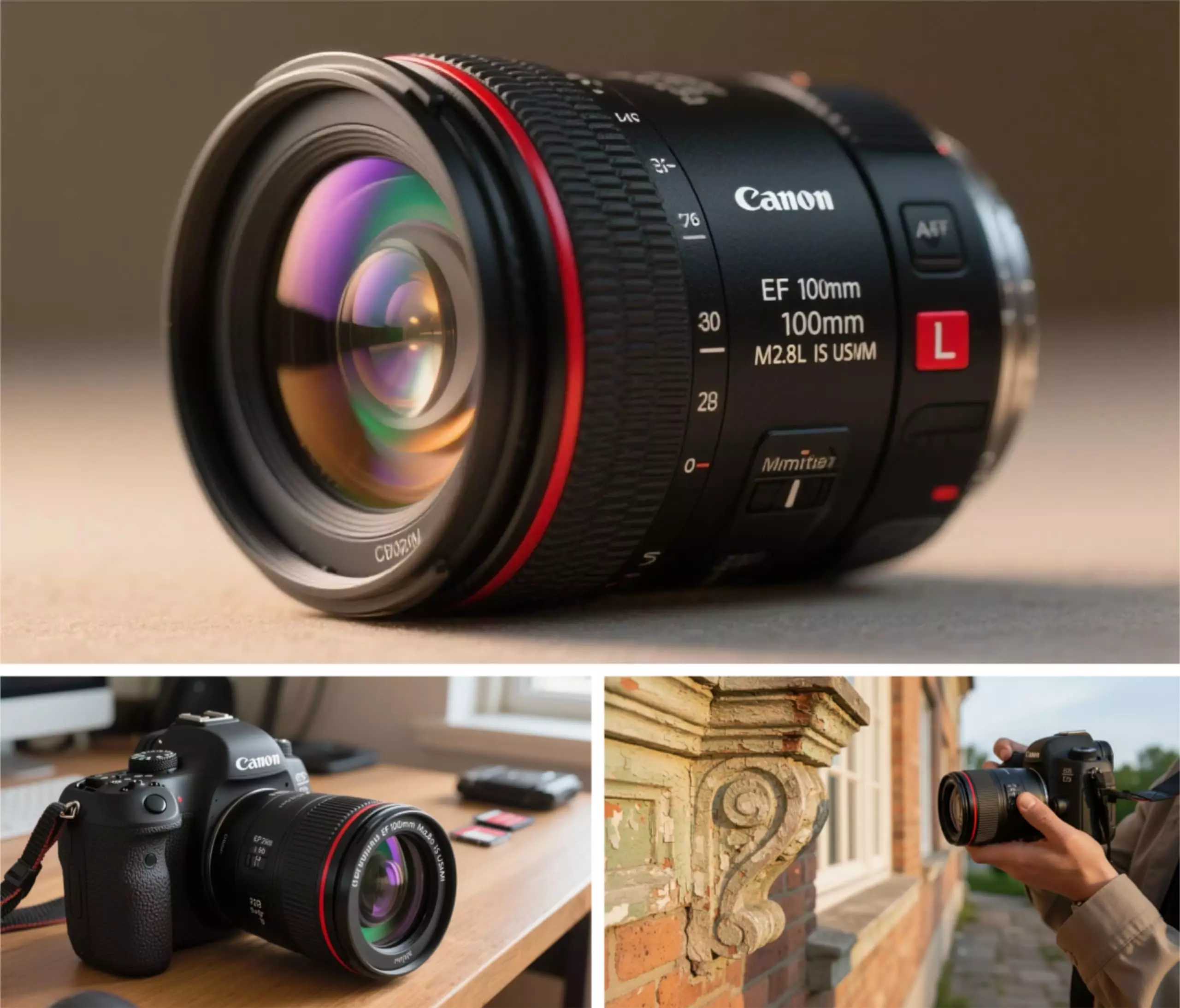
Zoom Lenses for Flexibility: Perfect (24-70mm)
Mid-range zoom lenses such as the 24-70mm have proven to be zeniths of versatility in architectural photography. They are especially beneficial when other lenses are too wide or too telephoto and allow for:
- Calibrating framing from a distant viewpoint.
- Shooting in confined places.
- Concisely documented and focused details of shapes, sets, or repetitions.
Lenses of this sort are very convenient as they perform exquisitely in any setting without the need for frequent switching. Examples of these lenses are:
- Canon RF 24-70mm f/2.8L IS USM.
- Nikon Z 24-70mm f/2.8 S.
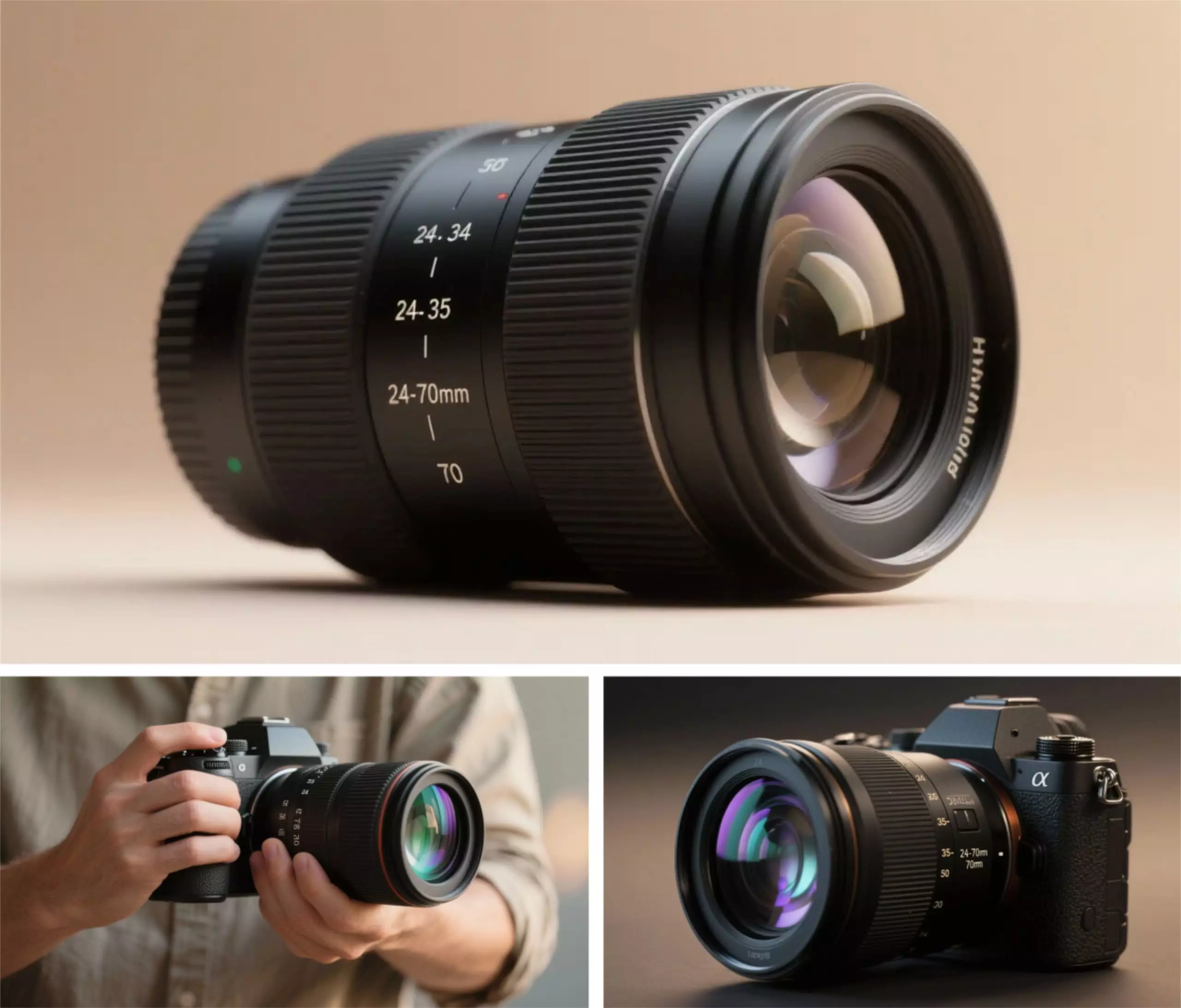
Beyond the Usual Lenses (85 mm, 135 mm)
In addition to the primary equipment, one can also opt for:
- Shooting Prime Focal Lenses (85mm or 135mm): Best for repetition or extracting regions of a facade.
- Shift adapters or lens converters: Certain mirrorless systems have the capability of performing tilt-shift effects without needing a lens specially designed for it.
These features allow you to photograph both the massive expanse and the fine details of a work of architecture more effectively, thus enhancing the overall visual narrative. In conjunction with wide and telephoto images, they add to the entirety of the story, from the massive construction to the intricate craftsmanship.
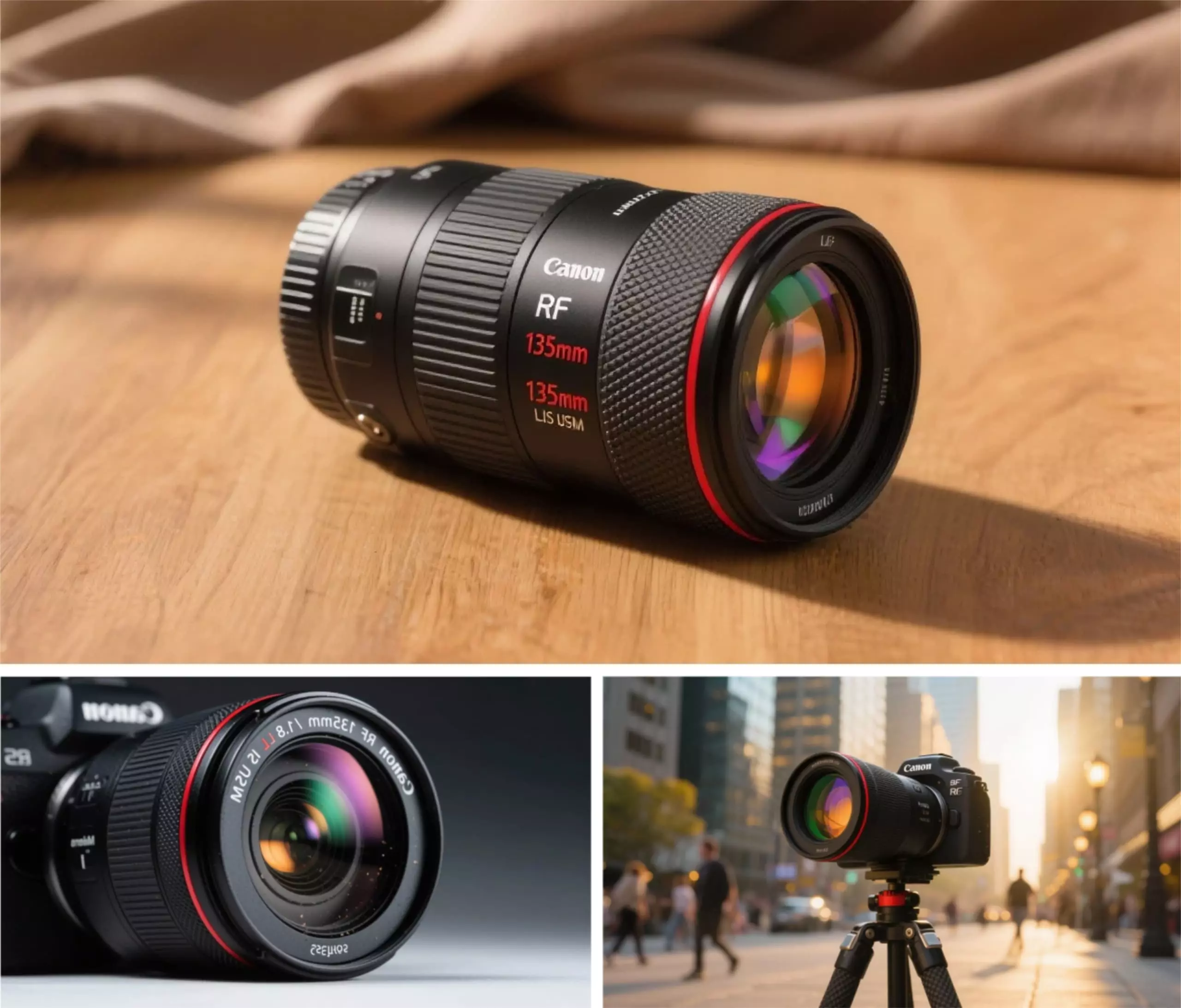
Summing Up
Selecting the best photography lens for architectural scenes relies on individual preferences concerning the intended portrayal. Numerous factors include the subject’s size, focal points, and the envisioned overall composition. Additionally, the lens choice often hinges on existing equipment, emphasizing the crucial role of compatibility between the lens and camera.
